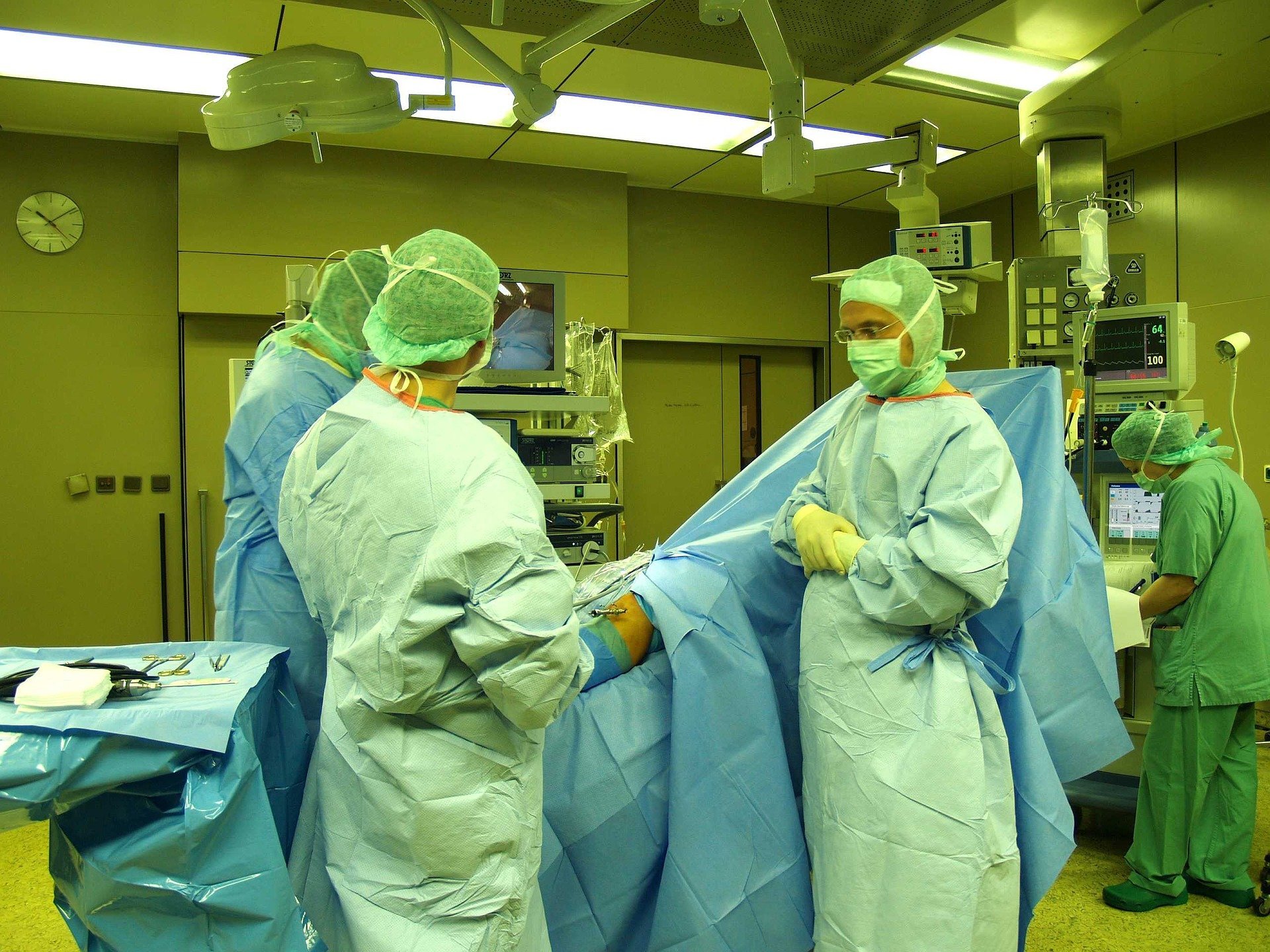
From October 5 to 9, the third edition of the Photonics Applications Week will take place. In this series, Innovation Origins highlights the breakthroughs that the application of photonics has meant for three distinct disciplines: healthcare, the gaming industry, and agriculture. Today kicks off with part 1: How the invention of the photonics-based oxygen saturation meter (also known as an oximeter) prevents a patient from dying or becoming paralyzed during surgery due to a lack of oxygen.
The most innovative equipment in healthcare is based on the use of photonics for both diagnosis and treatment of a specific disease.
Nowadays doctors can view the internal body with the help of a thin fiberglass thread. All the advanced endoscopy equipment of the past twenty years has been based on photonics, according to Anna Nikiel, the vice president of Technobis, a group that designs medical equipment, among other things.
A screen at the operating table
One application of photonics in a medical instrument that has been used for some time, and can be an immediate lifesaver, is the oxygen saturation meter, says Erik Korsten, anesthesiologist/intensivist at the Catharina Hospital in Eindhoven, the Netherlands, and part-time professor of signal processing at the Eindhoven University of Technology (TU/e).
“During an operation, you want to know if the patient has enough oxygen in their body. If they don’t have enough, you need to add oxygen. Otherwise, they will die, or wake up half paralyzed. And of course, that’s not what you want; not as patient, not as a a physician. I’ve seen a patient’s hands put up on the screen. If their hands turned blue because the patient wasn’t getting enough oxygen, it was very easy to see.”
But things still sometimes went wrong, Korsten notes. “For instance, there may have not been enough oxygen in the tank. Nowadays we have oxygen pipelines. So we no longer have that problem.”
Fewer compensation claims thanks to measurements
The oxygen saturation meter has been around for thirty years now, Korsten states. “Its introduction was a revolutionary advance in anaesthesiology. All departments started working with it: The trauma center, intensive care. The number of claims in the U.S. has dropped dramatically since the oxygen saturation meter was invented. If an operation didn’t go well, the next of kin often said afterward that the patient hadn’t gotten enough oxygen. But because of the oxygen saturation meter, they couldn’t blame it on that anymore.”
The oxygen saturation meter is a device that you clip onto a finger like a clothespin. The device emits light that passes through tissue and measures the amount of oxygen in a patient’s blood based on the reflections.
Destroying kidney stones with laser light
“In fact, the use of photonics – or light – is now an integral part of healthcare,” so says Arthur Bouwman. He’s an anesthesiologist at the Catharina Hospital in Eindhoven. “The anesthesia unit contains an analysis tool that measures how much oxygen goes in and how much CO2 comes out. That was also revolutionary.” That measurement is based on the reflection of light beams as well.
Another application is to burn off kidney stones (ablation) with light, says Nikiel. “You can just imagine how powerful the use of laser must be for that application.”
Setting screws in the right place
Doctors also use photonics-based tools for repairing bone fractures, Nikiel points out. “You can insert a fiberglass thread into a part of the body to see precisely where the bone is broken and to be able to clearly see where the screws should be positioned.”
The last application is not specifically medical, but involves data communication via light using fiber optic cables. Bouwman: “If you want to carry out an operation with the use of robotics, or with the knowledge of a colleague in a different location, a lot of information has to be sent from the operating room at lightning speed. Photonics is also needed for that.”
Register here for the workshop on medical applications for photonics on October 5 from 7:30 pm to 9:30 pm during the Photonics Applications Week.

